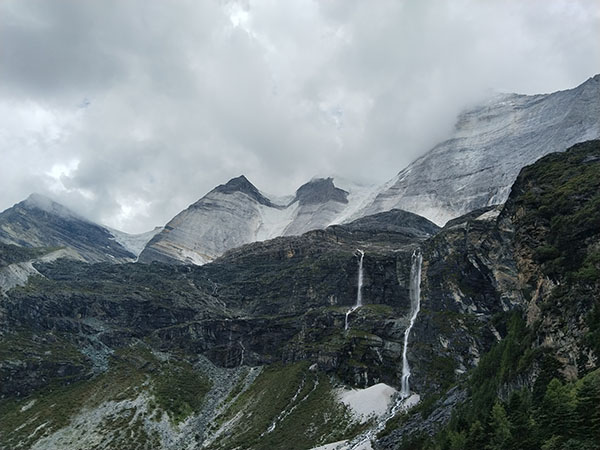The Tibetan Plateau (TP), which is located in the subtropics of eastern Eurasia, could act as a bridge spanning from the mid-to-high-latitude forcing on the tropical climate, as well as from the tropical region to subtropical systems. Knowledge of the TP bridge and its role in climate variability has advanced over the past several years.
Recently, in a paper published in
Atmospheric and Oceanic Science Letters, scientists from the State Key Laboratory of Numerical Modeling for Atmospheric Sciences and Geophysical Fluid Dynamics of the Institute of Atmospheric Physics at the Chinese Academy of Sciences, and the School of Atmospheric Sciences at Sun Yat-sen University, reviewed recent advances in the bridging roles of the TP in terms of the remote influence of circulation anomalies over the North Atlantic Ocean on Asian monsoon and El Nino–Southern Oscillation (ENSO) events, and in a clear link between the tropical oceans and Asian climate anomalies.
The study finds that the winter–spring North Atlantic tripole pattern of sea surface temperature anomalies significantly affects the seasonal transition of the South Asian monsoon and the triggering of ENSO events on the interannual timescale. A distinct negative sensible heating–baroclinic structure in May over the TP provides an intermediate bridging effect in this Atlantic–Asian-Pacific connectio. Moreover, according to Dr. YU Wei, one of the authors of the study, "The TP also plays an intermediate role in the process of the summer North Atlantic Oscillation affecting the East Asian summer monsoon."
"The suppressed TP convection plays a crucial bridging role in the influence of Maritime Continent convection on extreme drought over Southeast China", says JIANG Jilan, corresponding author of the study. Another member of the team, Dr. MA Tingting, also says:"The tropical ocean or the midlatitude quasi-bicycle wave train affect the intraseasonal variation in extreme precipitation in East China through the intraseasonal variation of high potential vorticity systems and surface sensible heating over the TP."
Snowy mountains over the Tibetan Plateau during summer in 2023 (Credit by JIANG Jilan)
Prof. LIU Yimin, the first author of the study. has been dedicated to research on the impact of Tibetan Plateau on regional and global climate for decades. She calls for collaborative efforts to move forwards with observing, simulating, and ultimately better understanding the climatic roles played by the TP and the underlying dynamic mechanisms involved.
Citation: Yimin Liu, Wei Yu, Jilan Jiang*, Tingting Ma, Jiangyu Mao, Guoxiong Wu, 2023, The Tibetan Plateau bridge: Influence of remote teleconnections from extratropical and tropical forcings on climate anomalies, Atmospheric and Oceanic Science Letters, 100396,
https://doi.org/10.1016/j.aosl.2023.100396.

